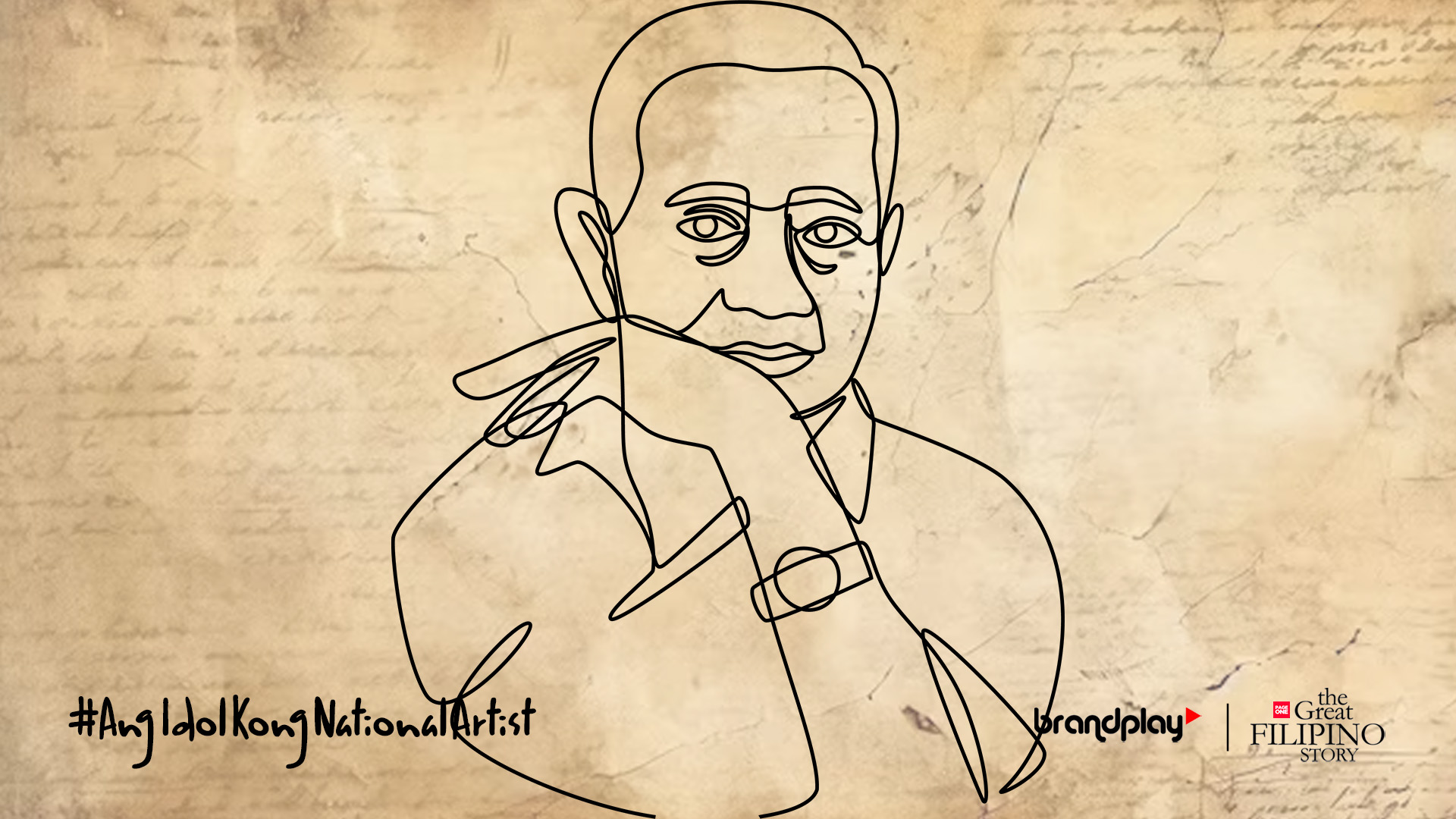There was a period when Spanish and Western influences shaped the artistic expressions of our country, and only a small few went the opposite direction. Yet, it was those who didn’t cave to these influences that truly defined Philippine art as we know it today. In the field of visual arts, Fernando Amorsolo’s influence definitely elevated the art of painting in the Philippines through his works.

Amorsolo’s love for the art began when his family moved to a small town in Daet, Camarines Norte when he was only seven months old. For 11 years, his love for the countryside and the rural lifestyle was developed, which would then become the central theme of his most known paintings. After the unfortunate passing of his father, his family moved back to Manila and following his last wish, Amorsolo pursued an education in art.
As a young boy, Amorsolo loved to draw and sketch, and his artistic talent only continued to grow after he apprenticed under his mother’s first cousin and a well-known painter, Fabian de la Rosa, at the Art School of Liceo de Manila. After graduating with honors in painting and drawing in 1909, he entered the University of the Philippines’ School of Fine Arts, where he also graduated with honors in 1916 and received employment as an art teacher and commercial artist. Even after winning top prizes in competitions from both schools, this was still just the beginning of his upbringing as an artist.
That same year, he would then spend seven months in Spain to further hone his craft at the Academia de Bellas Artes de San Fernando. The time he spent in Madrid exposed him to European art movements, particularly Realism, Impressionism, and Post-Impressionism. Amorsolo also visited New York City for a brief period of time, where he would eventually conduct solo art exhibitions. The brief international trips he had significantly influenced his art style, which he began to develop upon returning to the Philippines in 1919. Additionally, it also allowed his art to gain recognition outside of the country.
Between the 1920s and 1930s, Amorsolo began to paint actively in a studio that he set up himself. It was during this time that his most known paintings were created. One of his early works that gained a lot of public attention was “Planting Rice” (1921), which was recognized by the Commonwealth of the Philippines and featured in several posters and tourist brochures.

Amorsolo’s early works are known to capture the essence of the rural lifestyle and the beauty of Philippine landscapes. His paintings often featured farmers at work, men and women in traditional wear, and various landscapes and sceneries. A common element in his art was the innovative use of light to enhance the subject of his paintings. Known as the “chiaroscuro” technique, his use of natural light allowed him to highlight intricate details in his paintings that make it appear more visually pleasing such as shadows, dimension, and depth.
The technique of playing with light and darkness became Amorsolo’s biggest contribution to Philippine art, for his techniques still influence modern day artists. However, his legacy goes beyond the art style he trademarked. His creations have secured its place in our history for capturing the essence of Filipino life, portraying the daily life of ordinary Filipinos, amidst the American colonial period and early 20th century, thus serving as historical documents and cultural narratives. His paintings often contain themes of labor, family, and traditional practices (which promotes a sense of national identity) and Philippine landscapes such as rice fields and rural settings (which promotes the country’s natural beauty).

In addition to using landscapes for his paintings, Amorsolo also embraced the art of portraiture. He was granted multiple opportunities to paint distinguished people such as politicians, businessmen, and members of high society. His portraits exuded gracefulness and sophistication, with the addition of a warm natural light in his paintings to further enhance and emphasize the smallest details of his subjects. His work with portraiture further established him as one of the leading artists of his time.

The artistry and cultural impact of his creations have not gone unnoticed. Amorsolo’s paintings have earned him the title of “The Painter of the Philippines’ Sunlight” or “The Painter of Light,” because of his innovative techniques in using light and darkness. Numerous institutions have also granted him numerous distinctions such as a UNESCO Gold Medal of Recognition in 1959, a Rizal Pro-Patria Award in 1961, an Araw ng Maynila Award in 1963, and the Gawad ng CCP Para sa Sining. Despite the aforementioned distinctions, it was his declaration as the first National Artist for Painting in 1972 that remains unmatched.
Fernando Amorsolo’s impact on Philippine art remains unparalleled. From his small encounters with art as a child to his exposure to international art movements, he succeeded to develop a style that he could call his own; a style that transcends visual aesthetics and carries historical significance, standing as both artistic achievements and cultural records; a style that would eventually become his own legacy, one that would continue to influence the past, present, and future generations of young artists.







